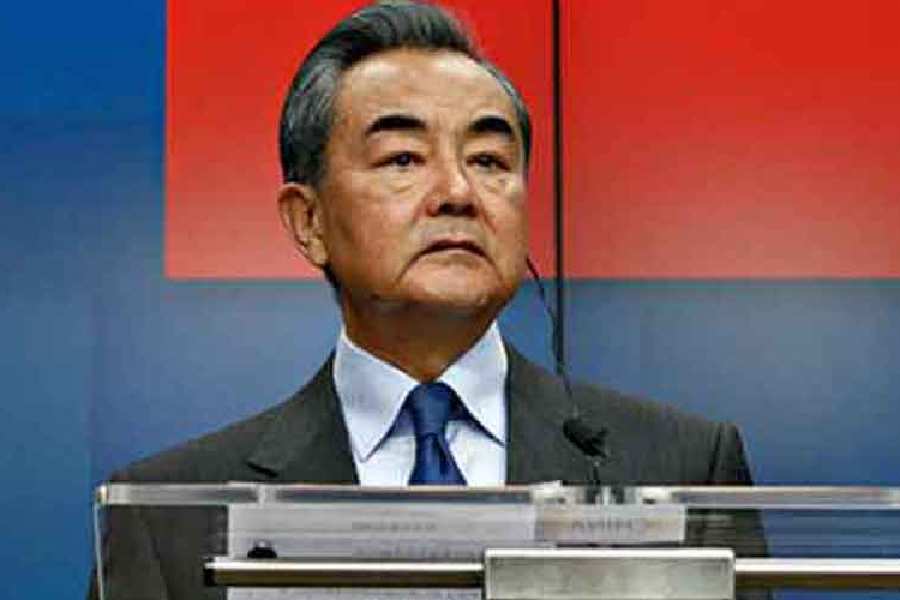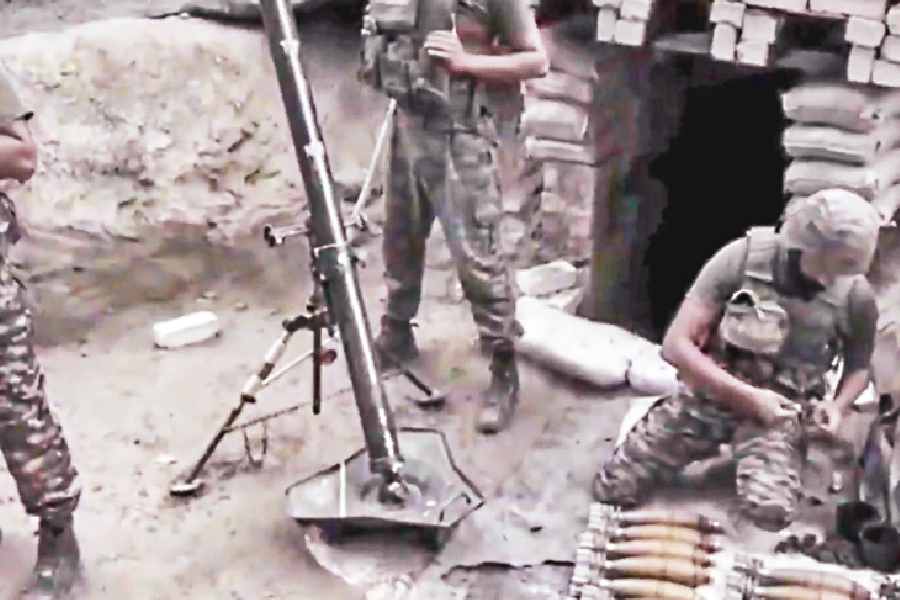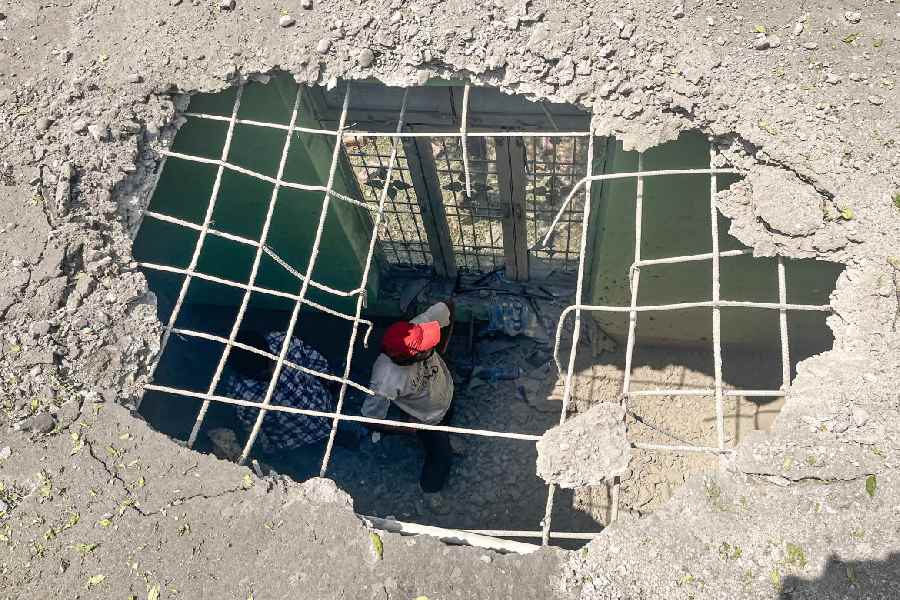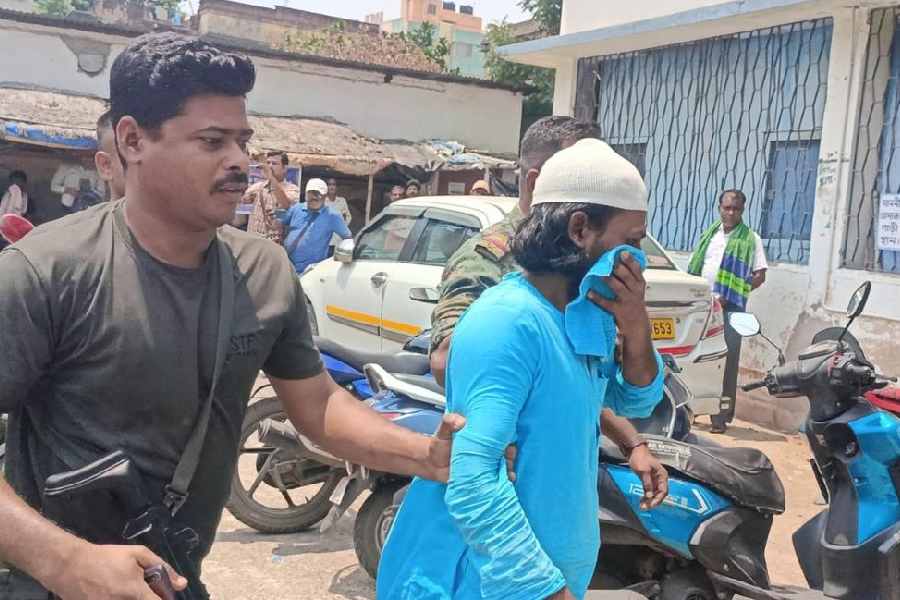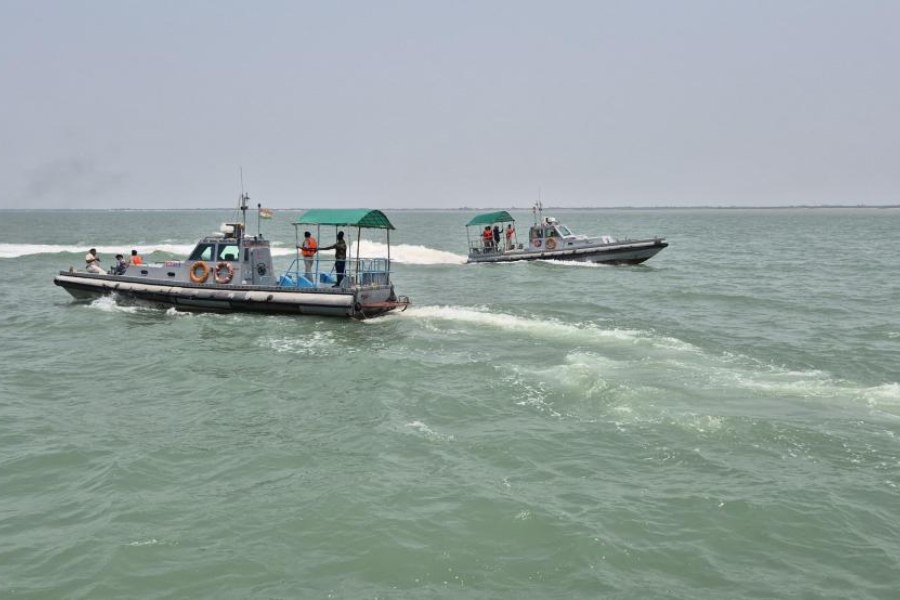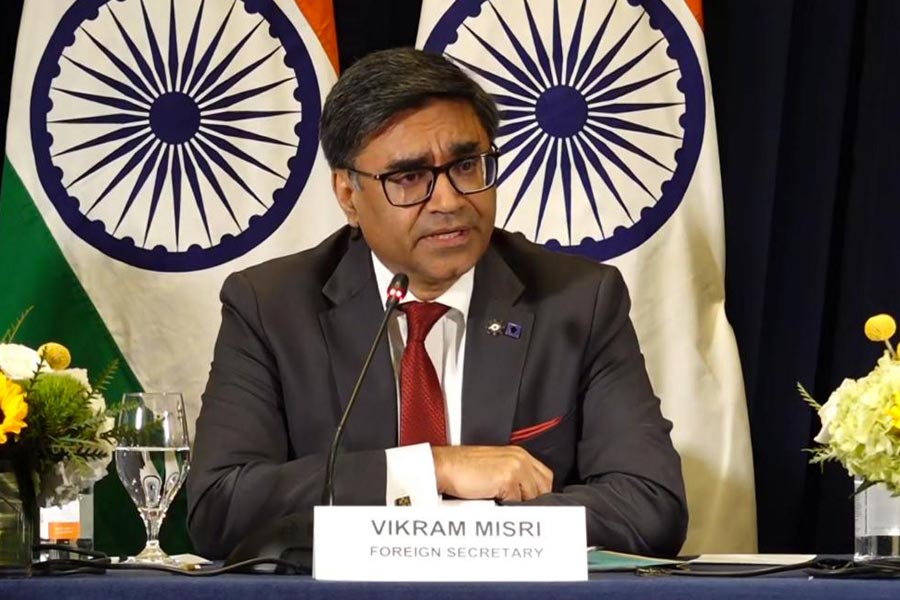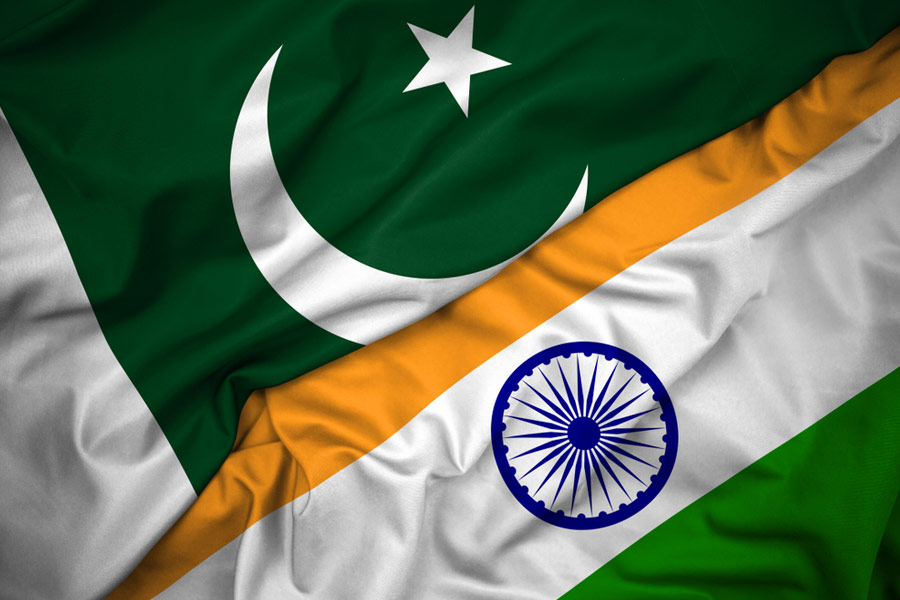Ranchi, April 3: A politically unstable Jharkhand can take heart with an improved literacy rate, even as it has to grapple with a worrying dip in child sex ratio shown by the latest census figures.
According to the provisional data of census 2011, over 1.87 crore of Jharkhand’s 3.29-crore population (67.63 per cent) are literate, of which, 78.45 per cent (1.11 crore) are males, while 56.21 per cent (75.85 lakh) are females.
The data issued by the registrar general and census commissioner on March 31 showed that the literacy level in the state had gone up by 14.07 per cent since it was carved out of Bihar in 2000.
At the time of its inception, the state’s literacy rate stood at 53.56 per cent.
Interestingly, the literacy rate in Bihar, which has gone up to 63.82 per cent, is 3.81 per cent less than that of its younger sibling.
The provisional data showed that the literacy level in the country had gone up by 9.21 per cent in the past 10 years, from 64.83 per cent in 2001.
The regional director of Institute of Human Development, Harishwar Dayal, attributed the jump in the literacy level in the state to the Sarva Siksha Abhiyan (SSA). “It has ensured enrolment of children in schools to a great extent. However, the census data does not reflect the quality of education being provided in the schools,” Dayal added.
Finance secretary Sukhdev Singh, also a former human resource development secretary, argued Jharkhand had been a pioneer in elementary education, having launched education guarantee centres in the region before SSA was kicked off in 2001-02.
“Under the programme, villagers were allowed to set up primary schools with one para teacher and 30 newly enrolled students in an 1km radius. These centres were later adopted by SSA,” he added.
“Also, the School Chale Abhiyan, a special drive to readmit truants, contributed much in adding to the literacy level,” Singh said.
An official in the HRD department pointed out that involving anganwadi centres run by the welfare department for pre-school exposure of children had also helped arrest the drop-out rate in Class I.
However, the decline in the child sex ratio — from 965 in 2001 to 943 — is cause for alarm, though it has been a national trend. The ratio of girls to boys up to six years of age in India has dropped to 914 girls from 927 for every 1,000 boys.
Member of State Commission for Women Vasavi Kiro said the declining trend was more in the towns of Ranchi, Jamshedpur, Dhanbad, Bokaro, Deoghar and Ramgarh.
“We have recently got an alarming report on Ramgarh from New Mahila Kalyan Vikas Samiti, an NGO,” she said.
She said the state government had failed to constitute a cell to monitor ultrasound clinics as mandated under the Pre-natal Diagnostic Techniques (PNDT) Act. “Besides, the government has also failed to register medical ultrasound scan machines. As a result, the clinics are nonchalantly carrying out sex selection followed by abortions of female foetus,” she said.
“In fact, there are complaints that the clinics which display boards saying ‘sex determination test banned’ are indulging more in sex selection tests and abortion of female foetus than those which don’t displays such warnings,” she added.
“The commission rarely gets a complaint, as the women are very much under pressure from their in-laws and husbands in this regard,” the panel member explained.
The sex ratio across all ages has, however, improved since 2001, rising to 947 from 941 to 1,000 males. It is better than the country’s average, which is pegged at 940.


